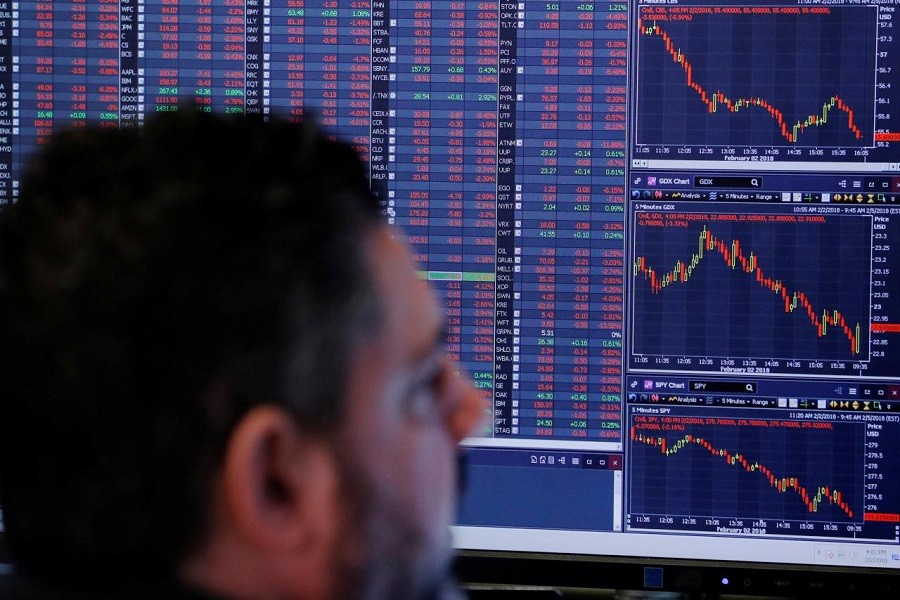Signs that a long-awaited correction may have arrived on Wall Street will keep investors on edge on Monday after the S&P 500 closed off the week with its biggest percentage drop in two years.
The S&P 500 has slumped 3.89 per cent since hitting a record high a week ago, trimming its gain in 2018 to 3.2 per cent.
With the S&P surging more than 20 per cent over the past year, selloffs like Friday’s 2.12 per cent drop have become rare. No session last year suffered a loss of 2 per cent or more, and 2016 had only four declines of that magnitude.
“Sentiment was getting a little frothy, and we were developing some complacency in the market. Now that complacency is coming out of the market,” said Keith Lerner, chief market strategist at Suntrust Advisory Services in Atlanta.
Among S&P 500 sectors, energy led decliners for the week, down 6.4 percent. Telecom Services got off the lightest with a 1.28 per cent loss over five days.
Chesapeake Energy Corp, Tractor Supply Co and Harley-Davidson Inc were the S&P 500’s worst performers for the week, each down more than 13 per cent.
The number of declining US stocks for the week reached more than 27,000, the most since at least July 2014.
Fewer than 12,000 US stocks advanced for the week, the lowest on Wall Street since at least July 2014.
The number of US stocks hitting yearly lows this week reached 3,000, an amount not seen since 2016.
Just over 2,500 US stocks hit yearly highs this week, the lowest number since September.
Investors next week will look cautiously to wrangling in Congress over the country’s finances, reports Reuters.
“Working against the market is the February 8, 2018 spending deadline, the upcoming debt limit issue (both Washington), and the speed of rising interest rates (which are still relatively low),” S&P Dow Jones Indices senior index analyst Howard Silverblatt wrote in a report.


